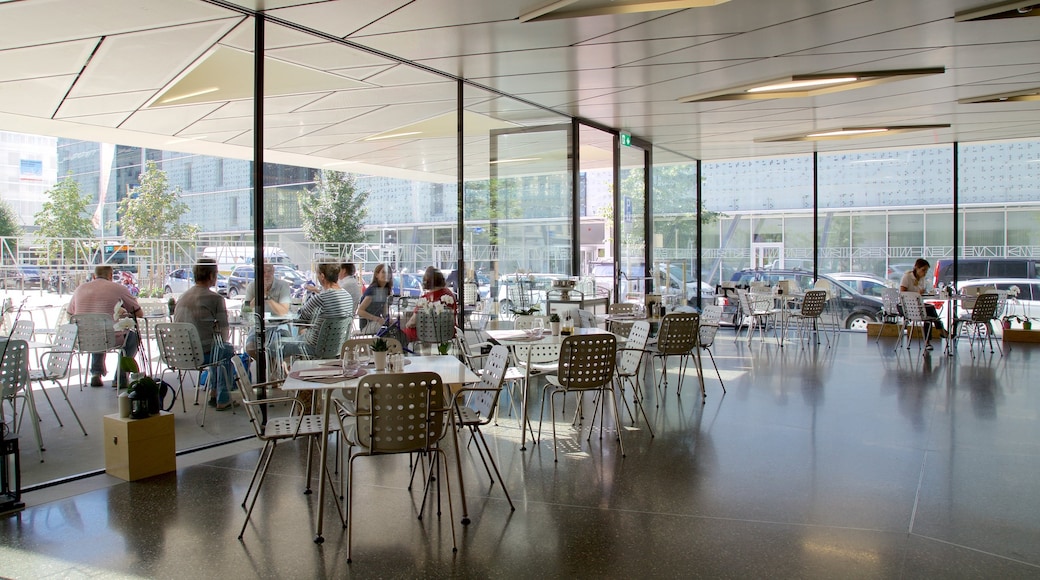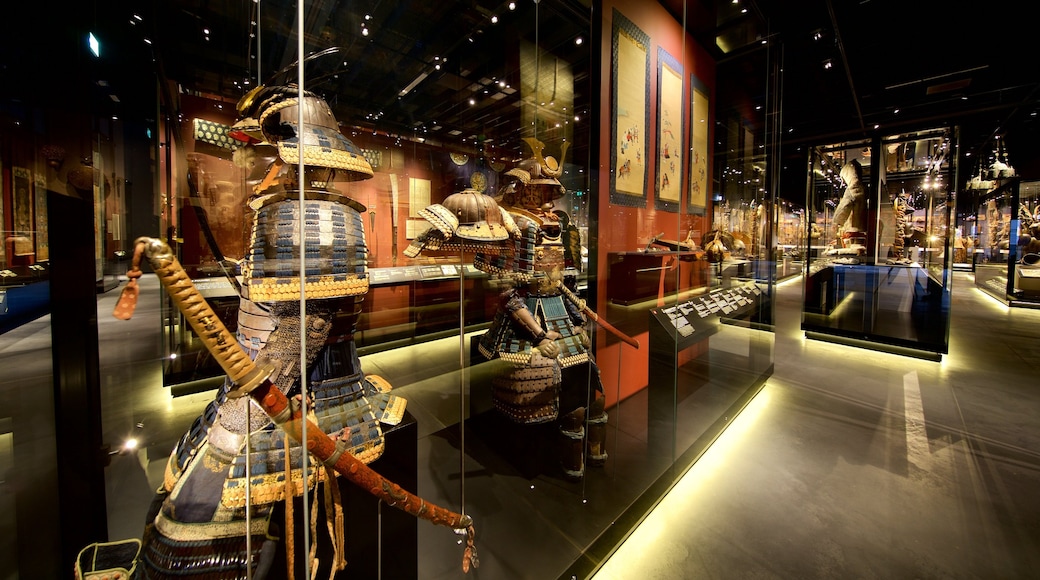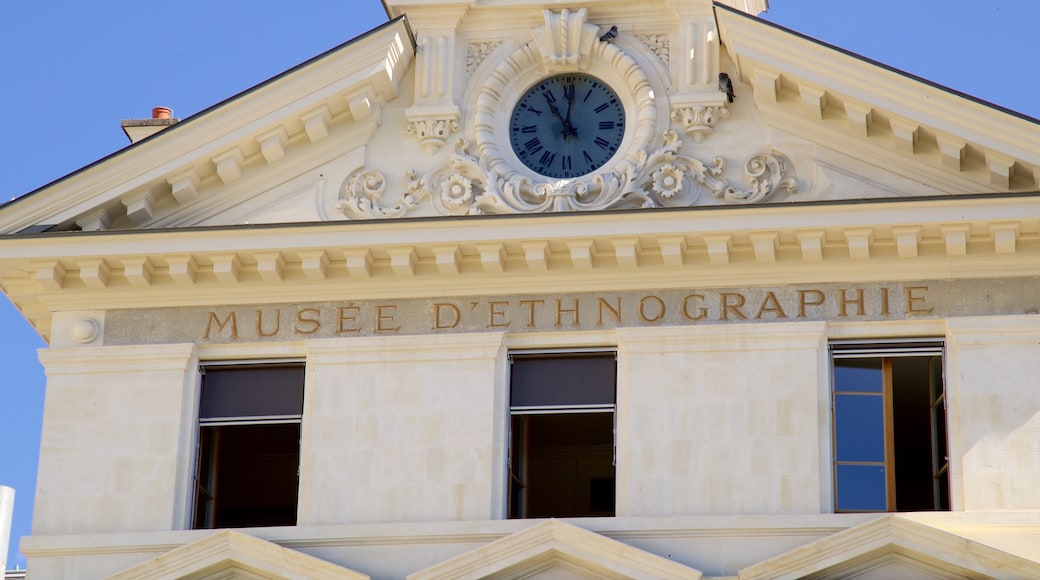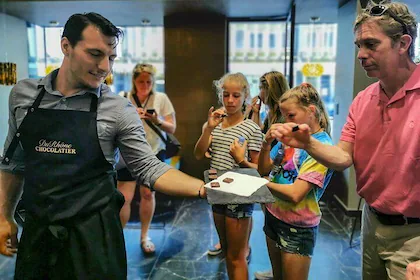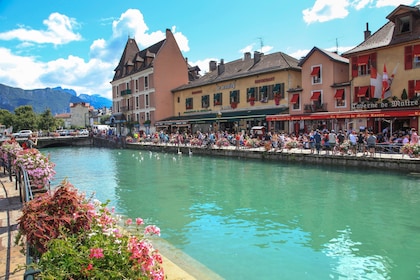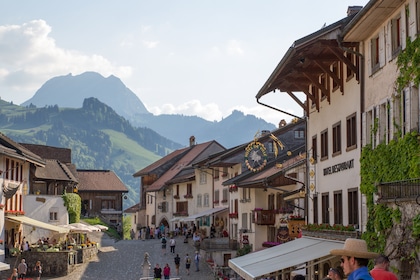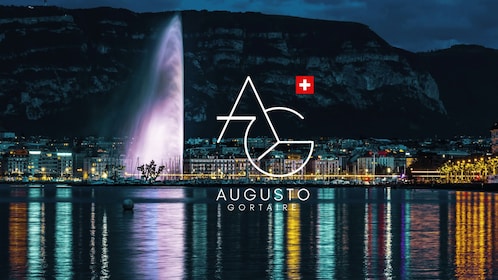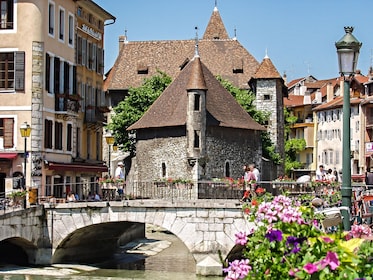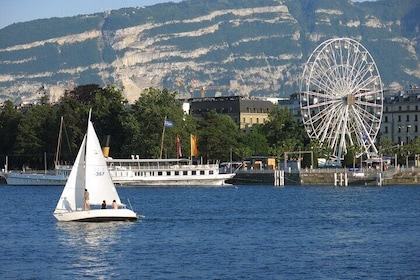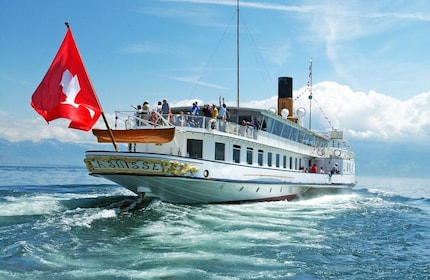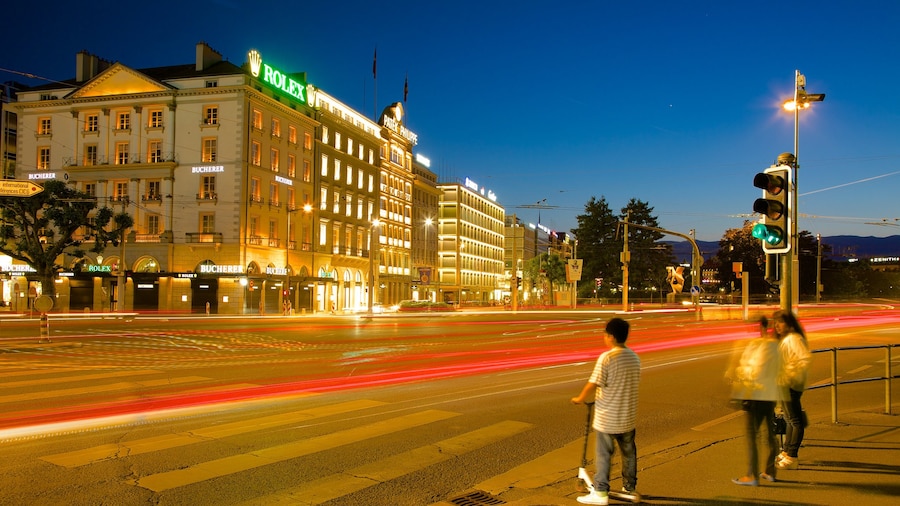Feel as though you are travelling to all the world’s countries when you visit this fascinating collection in a modern building in Geneva.
The Museum of Ethnography in Geneva, founded in 1901, is known for its exceptional collection of Asian art and artifacts. Tour this and other departments devoted to works from Africa, the Americas, Europe and Oceania as well as ethnomusicology.
See some of the more than 80,000 historic pieces included in the museum’s comprehensive collection. Many items come from the Archaeological Museum and the Museum of the Mission and are now displayed in the modern structure built by Marco Graber and Thomas Pulver in 2014 to house the Museum of Ethnography.
Visit the Asian collection spanning 3,000 years and multiple countries, from Palestine to Borneo. Look for icons from diverse religions as well as samurai weaponry. The African collection includes pieces from nearly all countries on the continent, from Cameroon masks to Ethiopian religious crosses. Artifacts from pre-Columbian South Americans to Alaskan Inuits are represented in the Americas department.
Learn about ethnic musical instruments from the museum’s ethnomusicology collection, including 160 instruments from the Orient. Similarly, the International Popular Music Archives has preserved over 15,000 phonograms. The museum also stores and displays photographs and documents.
On the ground floor, Café du MEG offers a Mediterranean menu with fresh seasonal ingredients and new selections daily. Have lunch, tea, evening aperitifs or Sunday brunch. Gaze out at the small irregular gardens of grasses, wildflowers and shrubs in the courtyard. Reservations are recommended for the café.
View the permanent collections of the museum for free from Tuesday through Sunday. Children under 18 have free admission to special exhibitions. Reserve a spot on a guided tour for an additional fee. Check the website for exhibition discounts as well as details on current events.
Find the Museum of Ethnography just west of Geneva’s Old Town. The museum’s gleaming white modern architecture stands out among the surrounding centuries-old buildings. Ride a bus or tram to Plain de Palais or drive and pay to park, then walk less than 10 minutes to the museum. Ramps and elevators provide access for wheelchairs and strollers. While in the area, learn about the history of watchmaking on the four floors of the nearby Patek Philippe Museum.
